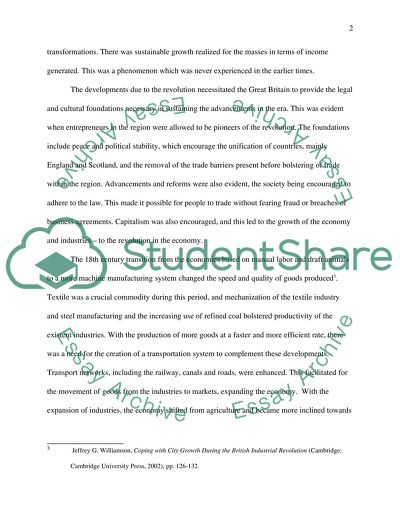Cite this document
(“The Social Impact of the Industrial Revolution Research Paper”, n.d.)
Retrieved from https://studentshare.org/history/1454685-the-social-impact-of-the-industrial-revolution
Retrieved from https://studentshare.org/history/1454685-the-social-impact-of-the-industrial-revolution
(The Social Impact of the Industrial Revolution Research Paper)
https://studentshare.org/history/1454685-the-social-impact-of-the-industrial-revolution.
https://studentshare.org/history/1454685-the-social-impact-of-the-industrial-revolution.
“The Social Impact of the Industrial Revolution Research Paper”, n.d. https://studentshare.org/history/1454685-the-social-impact-of-the-industrial-revolution.


